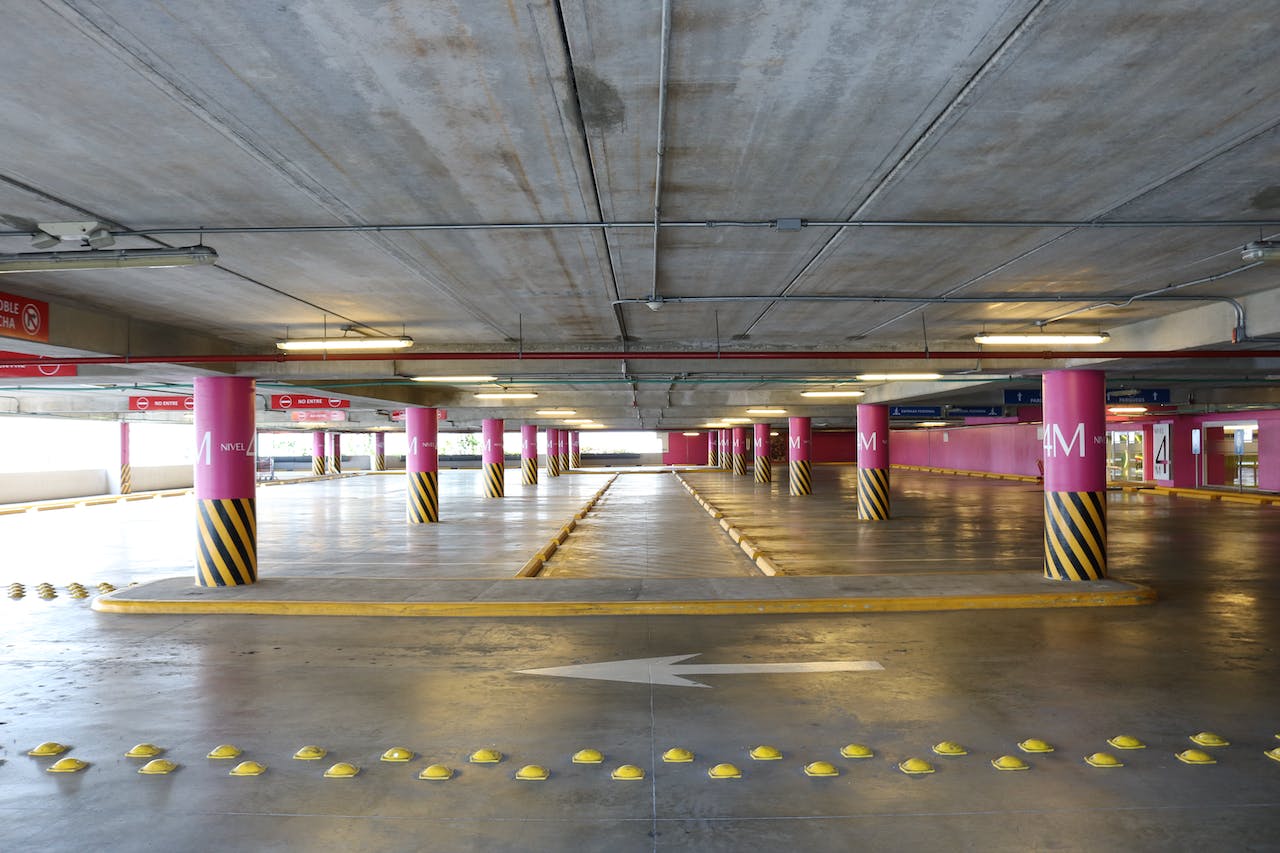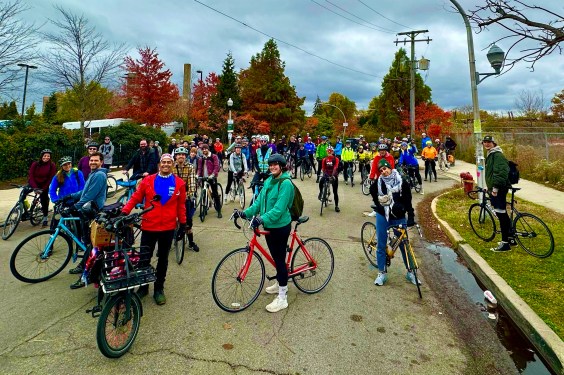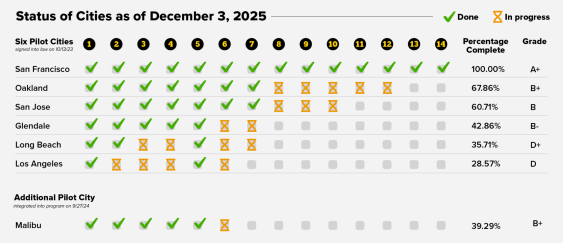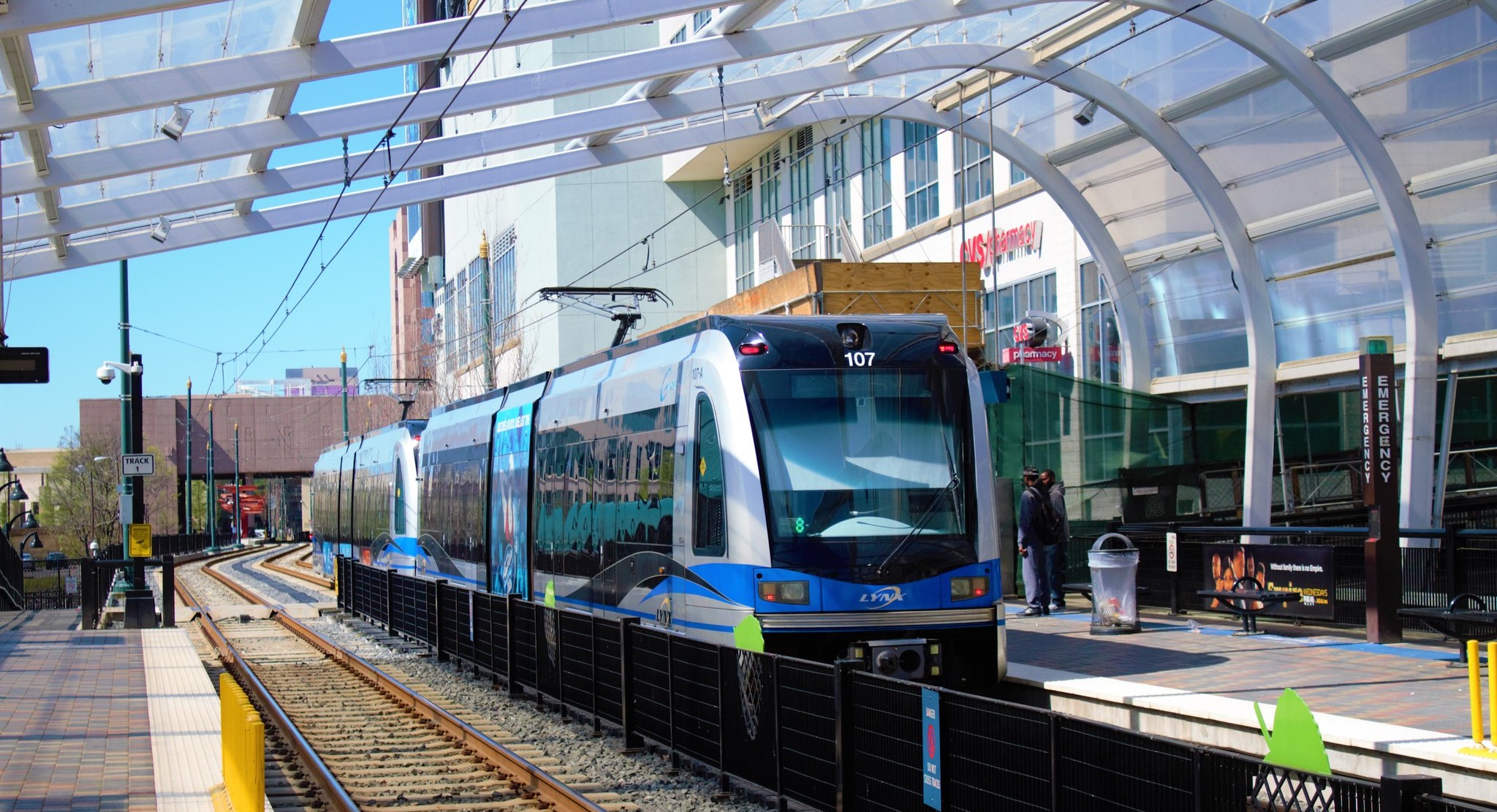
Louisville isn't known as a transit-rich, bikeable city, but it is drafting a blueprint to change that. Move Louisville, the region's new long-term transportation plan, envisions a future with less driving and more active transportation.
Currently, 82 percent of the region's residents drive to work, higher than the national average of 76 percent, and higher than peer cities like Cincinnati (72 percent). Branden Klayko at Broken Sidewalk reports that regional policy makers have coalesced around a step-by-step plan to reduce Louisville's dependence on driving:
“Move Louisville takes a holistic approach to our transportation system,” Mayor Fischer said at the plan’s unveiling. He said the city’s existing transportation system is valued at $5 billion, making it an asset worth maintaining—one of the city’s main talking points. “We have two top priorities,” the Mayor continued. “The first we call ‘Fix it First.’ That is fixing our existing infrastructure so we can maintain what works best. The second is reducing the number of miles that Louisvillians drive. We’ll do that by increasing the number of mobility options.”
And the mayor plans to reduce the vehicle miles travelled (VMT) in Louisville by a significant number. In Jefferson County in 2014, motorists travelled over 7 billion miles—that’s enough miles to travel to the moon and back 15,211 times. The equals out to more than 19,178,082 miles each day (42 trips to the moon and back). Move Louisville suggests a reduction in VMT by roughly one trip to the moon and back—500,000 miles—or 2.6 percent or the daily miles driven in Louisville. But over a year those miles add up: a daily 500,000 mile reduction equates to 182,500,000 miles (397 trips to the moon and back). That’s not pocket change.
To achieve that reduction, Move Louisville is focusing on the shortest trips that can easily be converted to walking, biking, or taking transit. According to the document, 50 percent of all automobile trips made are three miles or less, with 28 percent of trips being a mile or less. Those trips, especially in the latter category, should not involve driving an automobile.
To meet these goals and others, Move Louisville lists 16 priority transportation projects valued at $762 million and eight policy priorities to guide the city through 2035.
As encouraging as the rollout of Move Louisville has been, Klayko says the plan isn't perfect. Three of the 16 "priority projects" expand roads in undeveloped areas, subsidizing sprawl.
Additionally, a major barrier could be the Kentucky Transportation Cabinet (the state DOT), which has a track record of overruling complete streets projects. And it remains to be seen whether local residents embrace the plan and whether leaders will do the hard work of implementing changes that meet some initial public resistance. Overall, however, Klayko says Move Louisville is an exciting vision and its implementation is necessary to the city's future health.
Elsewhere on the Network today: Treehugger explains Uber's new service just for women. And Tim Kovach says PayPal's decision to scrap an expansion in North Carolina after the state passed an anti-LGBT law highlights the problems faced by cities in red states.





